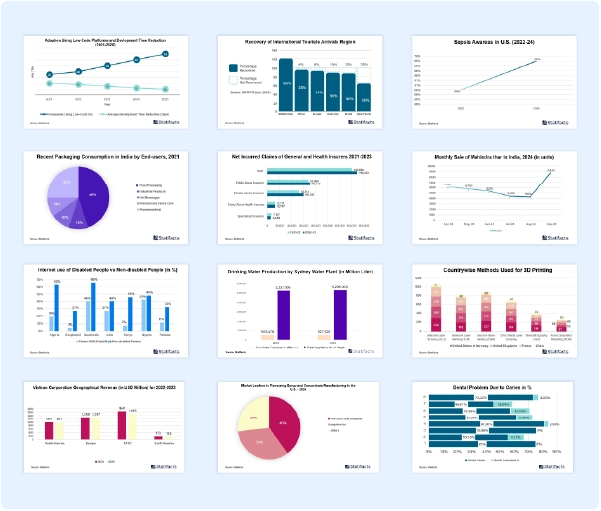The U.S. medical imaging outsourcing market size is calculated at USD 14,160 million in 2024 and is predicted to attain around USD 21,780 million by 2034, expanding at a CAGR of 4.4% from 2025 to 2034.
U.S. Medical Imaging Outsourcing Market Report Highlights
- By device, the computed tomography (CT) segment accounted for a considerable share of the market in 2024.
- By device, the magnetic resonance imaging (MRI) segment is projected to experience the highest growth rate in the U.S. medical imaging outsourcing market between 2025 and 2034.
The U.S. medical imaging outsourcing market refers to the production, distribution, and application of medical imaging outsourcing, which is also called radiology outsourcing, when a healthcare organization contracts a third-party provider to perform radiology services, such as reading diagnostic imaging. Medical imaging, also known as radiology, is the field of medicine in which medical professionals recreate many images of body parts for diagnostic or treatment purposes. Medical imaging procedures include non-invasive tests that allow doctors to diagnose injuries and diseases without being instructive. Medical outsourcing is a business process used by organizations like hospitals, nursing homes, and healthcare provider practices to obtain physicians, nurses, healthcare technicians, and other services in a managed services model.
A medical imaging outsourcing company that provides remote reading and interpretation services via teleradiology to hospitals, imaging centers, and clinics. Medical imaging outsourcing benefits also include unexpected costs, time zone advantage, streamlined administrative functions, regulatory compliance, no capital investment, medical billing cost savings, lower costs but higher profits, ensured billing compliance, enhanced transparency, effective workflows, access to specialist, accelerated turnaround times, scalability, and reduces billing errors.
Suitable government initiatives driving the growth of the U.S. medical imaging outsourcing market. The benefits of government initiatives for medical imaging outsourcing include improved service accessibility, access to innovative technology, swift response to dynamic demands, focus on core competencies, and cost optimization. They help create employment opportunities and support entrepreneurship, enhancing economic conditions. They contribute to the development of infrastructures. US government initiatives improve healthcare by lowering costs, enhancing insurance coverage, and raising the health of telehealth. The government plays an important role in the US health services system. The federal government’s responsibilities include setting legislation and national strategies, administering and paying for the Medicaid program, and cofounding and setting basic requirements and regulations for the Medicaid program.
| Industry Worth |
Value |
| Market Size in 2024 |
USD 14,160 Million |
| Market Size in 2025 |
USD 14,780 Million |
| Market Size by 2034 |
USD 21,780 Million |
| Market Growth Rate from 2025 to 2034 |
CAGR of 4.4% |
The emergence of artificial intelligence (AI) in radiology is driving the growth of the U.S. medical imaging outsourcing market. Artificial intelligence (AI) is considered an optimizing tool to assist the radiologist in detecting suspicious findings in imaging exams, making the diagnosis, choosing a personalized protocol, tracking the patient’s dose parameters, providing an estimate of the radiation risks, and minimizing diagnostic errors.
AI is being successfully implemented in most steps of the radiotherapy workflow. This can reduce the human workload while enhancing delineation homogeneity and planning quality. However, each tool must be carefully implemented and monitored. AI technology is highly used to detect fractures or dislocations that are hard to detect using standard imaging techniques with the human eye. AI-based tools can detect subtle variations in medical images. Using unbiased AI algorithms, trauma patients can receive the best care for a positive outcome. One of the main benefits of AI in radiology is its ability to analyze radiomics features and predict clinical endpoints like disease reoccurrence, treatment response, and overall survival rates.
Rising disease burden with growing senior population driving the growth of the U.S. medical imaging outsourcing market. Radiology offers many less invasive and safer options for senior or elderly patients. Due to comorbidities are common in the elderly population, surgical treatments present considerable risk of morbidity and mortality. Prompt access to radiology in the early stages of the disease has, in many instances, demonstrated economic benefits for healthcare budgets and society more widely. Radiology plays an important role in supporting the imaging needs of the aging population. In chronic disease management, radiology helps in regular monitoring to track the progression of conditions like arthritis or cardiovascular disease. This ongoing assessment enables healthcare providers to adjust treatment plans as needed, ensuring patients receive the most effective care.

